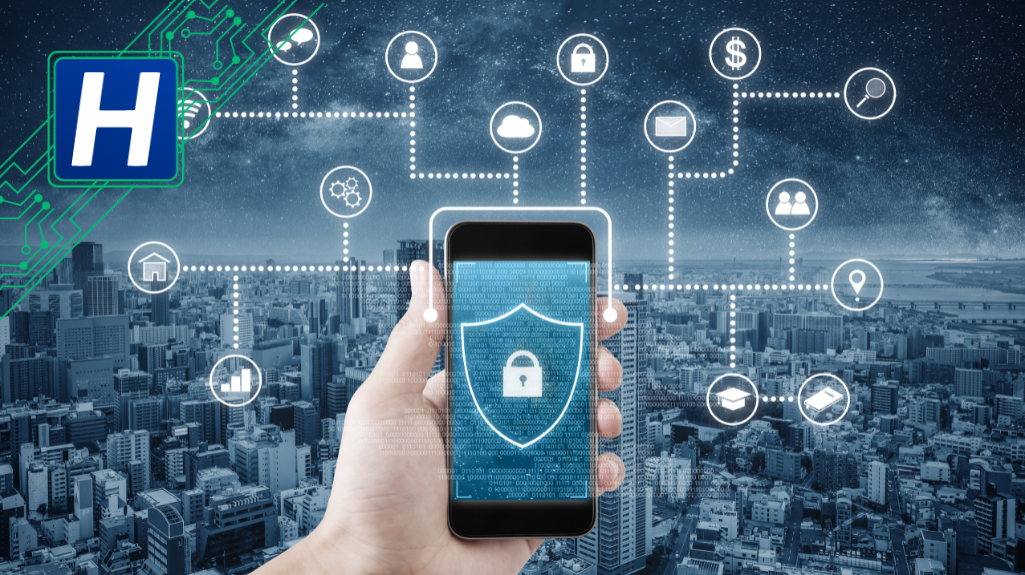The term ‘cybersecurity’ has been around long enough that its definition has morphed many times over. At Hillstone Networks, we view cybersecurity as a unique field within the larger IT security landscape, differentiated from information security and physical security.
Understanding Different Aspects of Security
According to the Cybersecurity & Infrastructure Security Agency (CISA), cybersecurity involves “protecting networks, devices, and data from unauthorized access or criminal use and the practice of ensuring confidentiality, integrity, and availability of information.” This broad definition demonstrates that almost everything related to digital technologies is in some way impacted by cybersecurity.
A narrower definition focuses cybersecurity on the actual electronic assets, like networks (both WANs and LANs), computers, mobile devices, firewalls, applications, virtual environments, and more. Even with this limited definition, cybersecurity still has a wider scope than information and physical security.
The Disciplines Within Cybersecurity
Cybersecurity encompasses several disciplines, each tailored to protect certain digital assets. These include:
- Network Security – Protecting local and wide area networks at every level.
- Application Security – Safeguarding local, network, and cloud applications.
- Cloud Security – Securing cloud environments, including virtual spaces.
- Infrastructure Security – Guarding the network infrastructure.
- IoT Security – Defending against attacks related to the internet of things.
At Hillstone Networks, we rely on every available tool and strategy to provide maximum security across all these disciplines. However, the effectiveness of these measures is limited by the weakest link in the chain: human beings. This underscores the importance of sound policies, procedures, and protocols.
Importance of Organizational Awareness
In our experience, team members rarely bypass security protocols intentionally. When mistakes occur, they are usually due to ignorance or external pressures. Therefore, organizational cognizance is crucial for preventing such errors.
Team members should be knowledgeable and aware of:
- Suspicious digital communications (emails, texts, etc.)
- Suspicious websites and third-party links
- Idle or easily discoverable passwords
- The need to protect personally identifiable information
- Responsible practices for company devices
- The need for routine updates and backups.
In contrast, organizational dissonance leads to an increase in security risks, as team members might not follow safe and secure practices intentionally.
Assessing the Cybersecurity Challenge
Defining cybersecurity in terms of electronic assets highlights the extent of the problem. Electronic assets are the prime targets for cybersecurity attacks. By applying strong cybersecurity policies and best practices, organizations can also enhance their information and physical security.
As we move deeper into the digital age, there is an increasing need for all organizations to take cybersecurity seriously. This includes constantly reviewing and updating their practices to effectively mitigate cyber threats.



